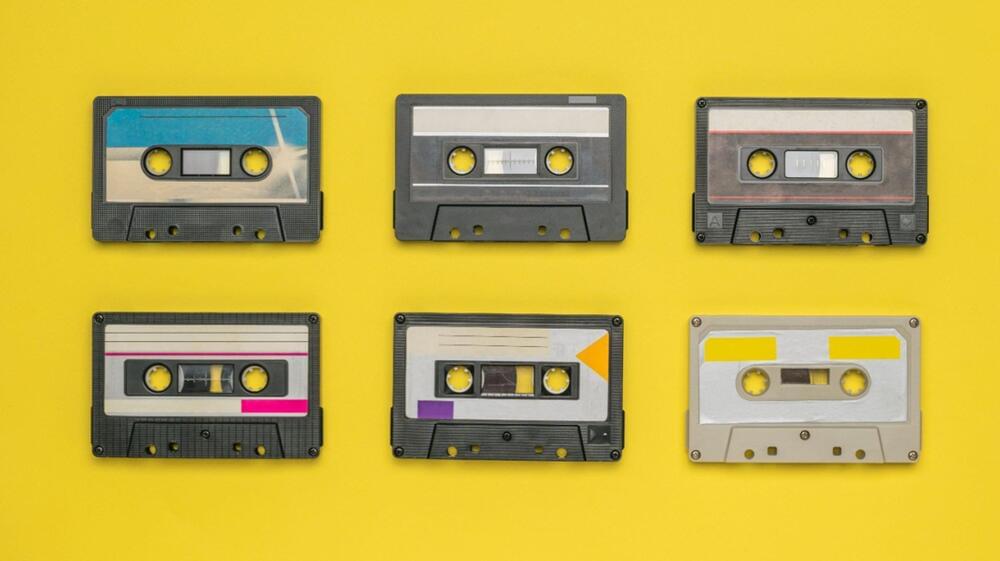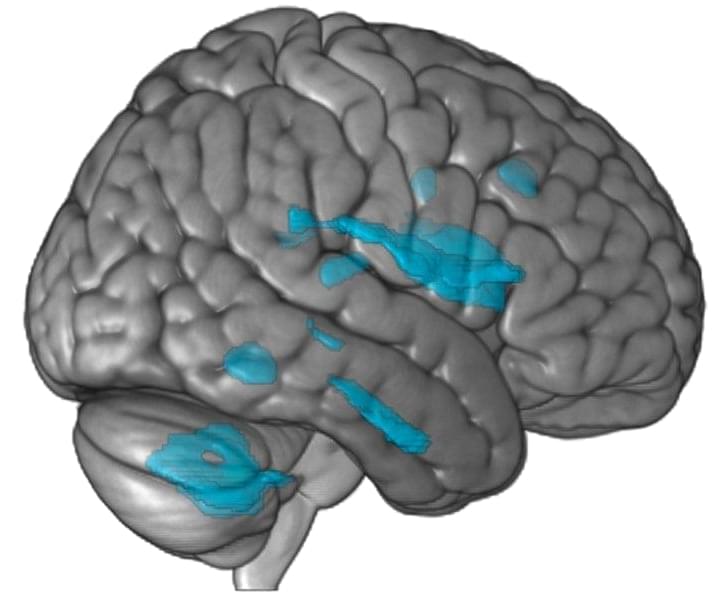Some people might be regretting throwing their old cassette tapes.
In the music world, vinyl records get a lot of attention when it comes to physical media. Sales for vinyl records have been on the rise for years, and now the same thing is starting to happen with cassette tapes.
The resurgence of vinyl records has been so strong that it’s not really even a “trend” anymore. In 2021, people spent more on vinyl than CDs for the first time since 1986. Cassette tape sales, on the other hand, have been very low for a long time. However, in the last five years, things are changing.
The cassette tape was introduced in 1963 by Philips. The first cassettes could hold 45 minutes of music on each side, which was much more than vinyl records. But perhaps the biggest advantage of cassette tapes was their compact size.




